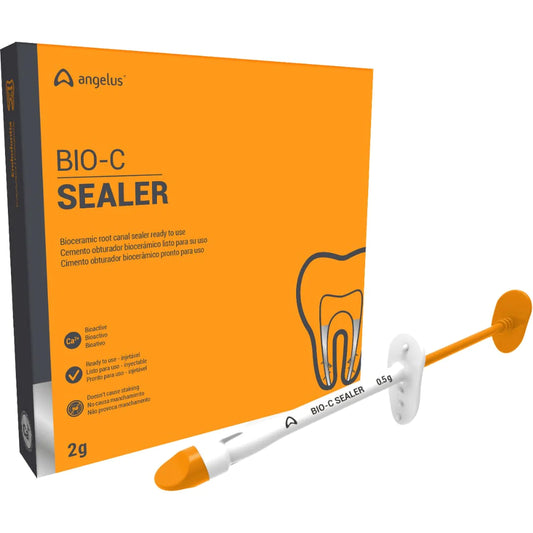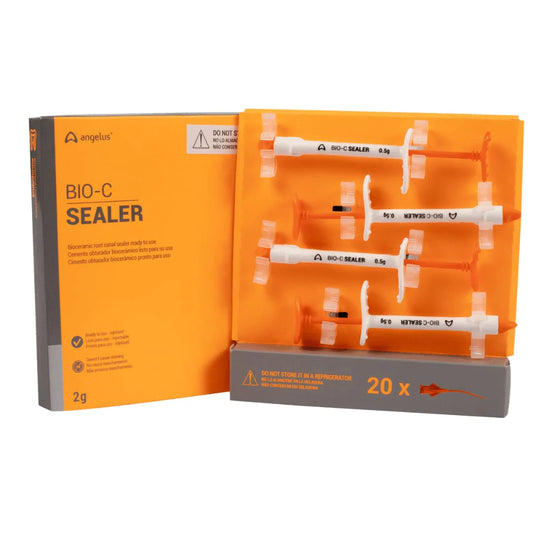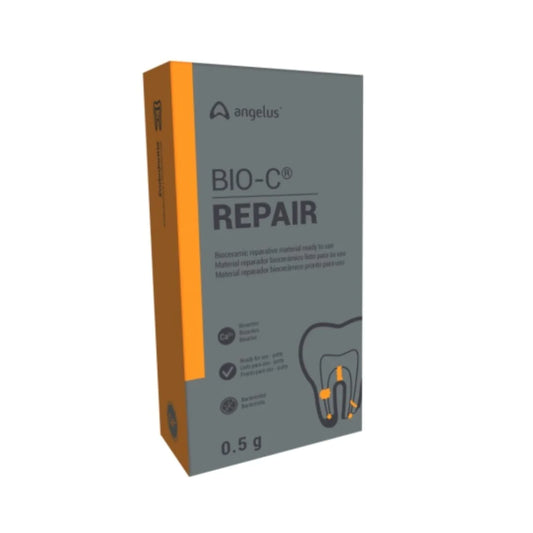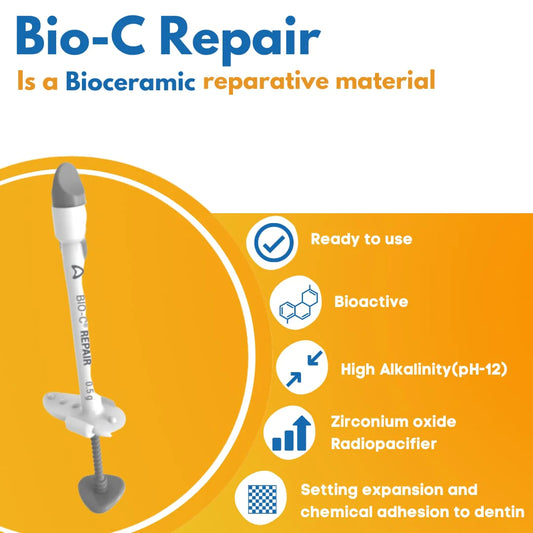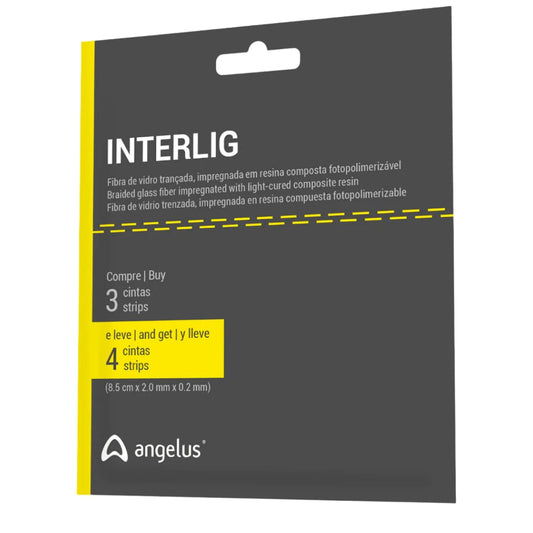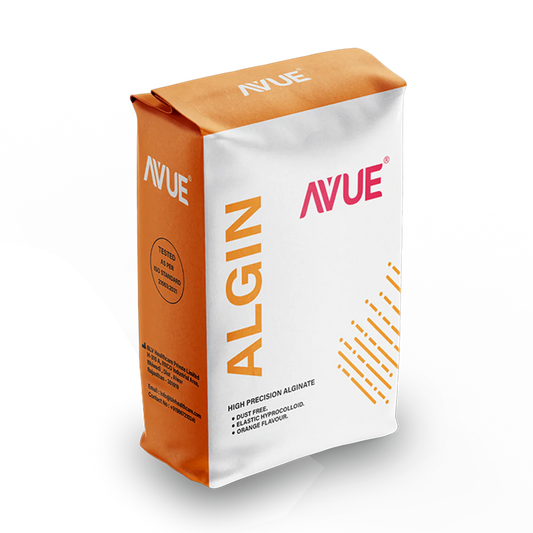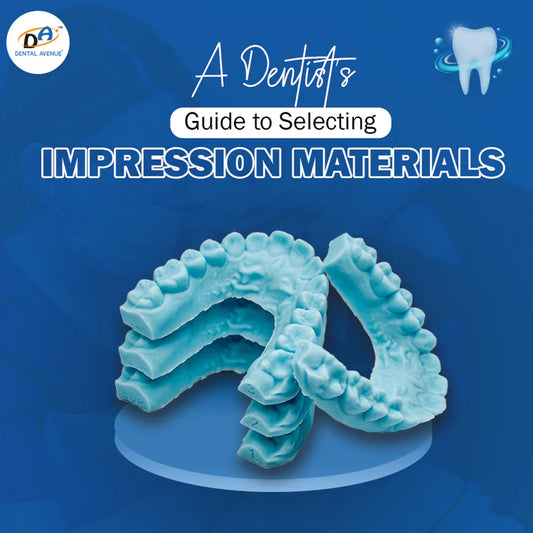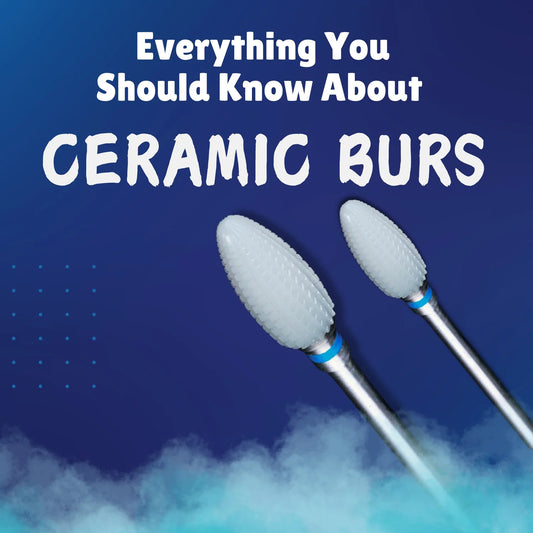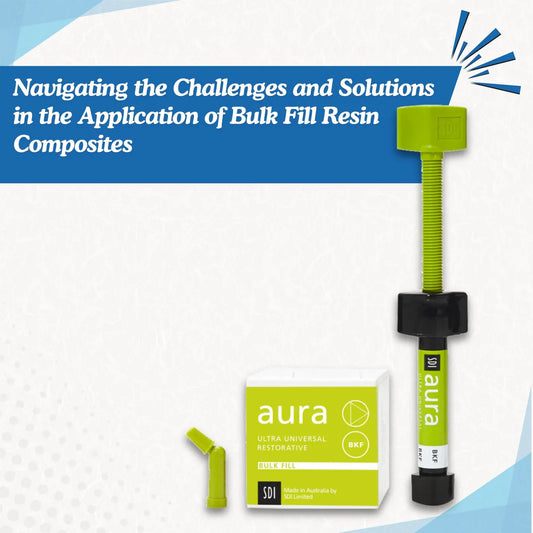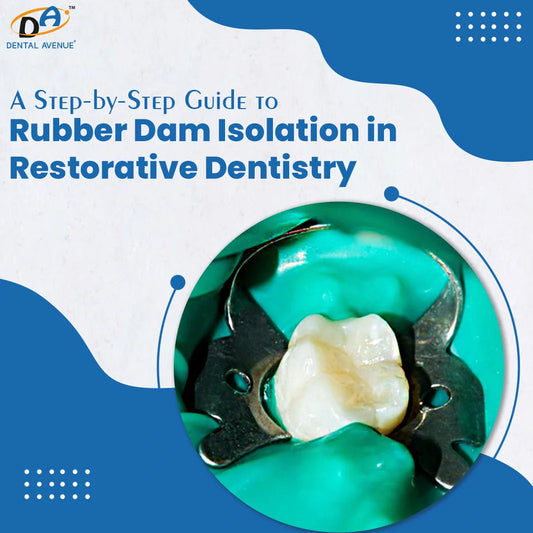What are Pear Shaped Burs?
Pear shaped burs (also known as 330 burs) are characterized by their tapered pear-like shape. They feature elongated round heads and a gradually narrowing body. Dental practitioners primarily use them for cavity preparation; these burs are also effective for removing dental caries, or to access the pulp chamber for root canal and trimming and finishing. These burs can also be used for occlusal preparations in crowns and splinting roots of small teeth.
Applications of Pear Shaped Burs:
Pear shaped diamond burs offers several advantages in various dental procedures because of the anatomical shape of bur makes them a versatile tool in dentistry. Some of the benefits are:
Cavity preparation:
Pear shaped dental burs are commonly used for cavity preparation due to their shape and ability to remove decay from tooth structure efficiently while preserving the healthy tooth structure. Normal length pear bur (length slightly greater than the width) is advocated for use as class I tooth preparation gold foil. Long length pear bur (length three times the width) is advocated for tooth preparation for amalgam. These burs are mainly used in Pedodontics.
Dental practitioners use pear shaped diamond burs for retention and resistance form in cavity design, pear shed burs have round edges making them suitable for this purpose.
Crown Preparation:
Pear shaped carbide burs are suitable for crown preparations, as their shape and cutting efficiency allows precise tooth reduction for crown restorative procedures. It is often best to use with a slow hand piece.
Enamel and Dentin removal:
Pear shaped Burs plays a pivotal role in restorative dentistry as it effectively removes the enamel and dentine without harming the supporting tooth structure, thus making them ideal for minimally invasive operative caries management for dental fillings and other restorative procedures.
Apart from that, round edges make pear-shaped burs the perfect tool for removing old restorative materials and filling from cavities.
Pear-Shaped Burs v/s other Burs:
The shape and intended use of pear-shaped burs set them apart from other burs. Pear-shaped burs, in contrast to cylindrical or spherical burs, have an extended, tapering body that narrows to a rounded tip. More accurate and controlled cutting is made possible by this design, especially when shaping cavities or accessing difficult-to-reach places during procedures. They are ideal for delicate tasks requiring precise shaping and polishing because of their pointed edge, which makes contouring and finishing work easier. On the other hand, while some burs have wider uses, they don't have the precise pointed profile and fine finishing that come with pear-shaped burs.
Tips on selecting the right Burs:
When selecting burs, consider various factors such as tooth structure and materials on which it is used such as various restorations, the required shape for dental procedures such as round, cylindrical or cone, size of the bur (diameter and length), and the material is made up of (e.g. diamond or carbide) and specific dental procedures it will be used for. Selection of premium range of burs from reliable manufacturers to ensure durability and performance. For precision work choose burs with fine grit and or teeth. Lastly, prioritize safety by using burs appropriate for the procedure and wearing protective gear as needed.
How to clean and store Pear Shaped Dental Burs?
Cleaning and storing pear shaped diamond burs properly is essential to maintain the efficiency and longevity of burs. After use, immediately remove the bur from the rotary instrument and clean the surface of bur with small thin wire or tiny stiff brush to remove debris and particles from the flutes and cutting surface. After that thorough cleaning is required by using ultrasonic cleaner with a suitable cleaning solution to dislodge stubborn debris, after that rinse the burs in running water to flush out remnants, further one can use disinfectant or sterilization protocols (dry heat sterilization).
Store burs in a specific container or organizer that keeps them separated from other instruments. Labelling the container can help in identifying the specific size and shape of burs. Store them in a dry environment to prevent rust or corrosion. Periodically inspection of burs is necessary to check any signs of wear and tear, if appears dull or damaged, replace them with new to ensure any future complications.
Conclusion:
Pear shaped carbide burs plays a pivotal role in modern dentistry, offering versatility and precision in various dental procedures such as cavity preparation, occlusal preparation in crown, splinting roots of small teeth. Understanding their design and applications can help dental professionals optimize their use in clinical practice, contributing to effective patient care.
FAQ’S
What is the pear shaped bur used for?
Pear shaped dental burs are used in various dental procedures due to its versatility, efficiency and precision in shaping and preparing teeth. Various applications include:
Dental practitioners primarily use them for cavity preparation; these burs are also effective for removing dental caries, or to access pulp chambers for root canal and for trimming and finishing. These burs can also be used for occlusal preparations in crowns and splinting roots of small teeth.
How often should I replace my pear-shaped burs?
The frequency of replacing burs should depend on following factors:
Burs usually wear down over the time of continuous use and especially when cutting hard materials like enamel and dentine, regular inspection is necessary to check any signs of wear or dullness and loss of cutting efficiency.
Burs also tend to degrade over time with repeated sterilization and disinfection protocols, which may affect the cutting efficiency.

